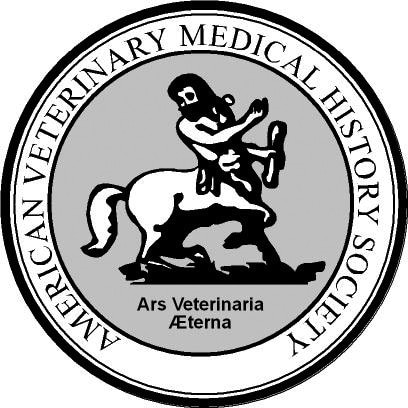Making The Most Out Of Work In Progress
When you work at a historic house museum, there is almost always a project of some kind taking place around you. Many are planned, but some end up being complete (and sometimes unwelcome) surprises. Occasionally, a project might require that you completely rethink your offerings. Front line staff are usually so focused on managing the project or thinking about how it impacts existing programs that they miss opportunities for new programming and publicity that could benefit the organization. I’m certainly guilty of this, but a recent visit to the Exploratorium in San Francisco got me thinking more about simple ways we can use maintenance and other types of projects to engage visitors.
Take termites, for example. The Exploratorium had a fantastic display of live termites eating wood along with examples of how termites can be detected. We often see things like this in science museums, but not in history museums. Why? Maybe it’s because we don’t want the little buggers within a foot of our prized structures, but for historic house museums that focus on preservation, this might be an ideal permanent or temporary exhibit that could be sponsored or even created in conjunction with a local pest control company. We use social media to get the word out about programs, exhibits, and the like, but we could do more to publicize special projects that take place at our institutions and share links to resources for people who want to dig deeper into a particular subject that interests them.

Visitors love hearing that volunteer Phil Trujillo comes in once a week to wind all of our clocks. We posted this picture of Phil on the Homestead’s Facebook page when we set our clocks forward last year.
Many historic house museums shy away from letting visitors see regular work in progress, such as exhibit changes or cleaning. Often it is because we want visitors to have a seamless experience and immerse themselves in a particular place or period of time, but again, for some museums, this could become a teachable moment. When I tell visitors that there are groups of people who work at our museum whose job it is to safeguard, clean, and arrange items for display, they ask great questions that give me an opportunity to talk about the different types of paid and volunteer jobs we have in our organization. We’ve actually recruited volunteers this way! Seeing the interest that visitors have in what goes on behind the scenes has inspired us to begin work on a new tour that will focus on how we care for and use objects, including our biggest objects: our two historic houses!
If you’ve found a creative way to talk about planned, surprise, or ongoing projects; or you’ve created a special program based on one of these projects, please share!



